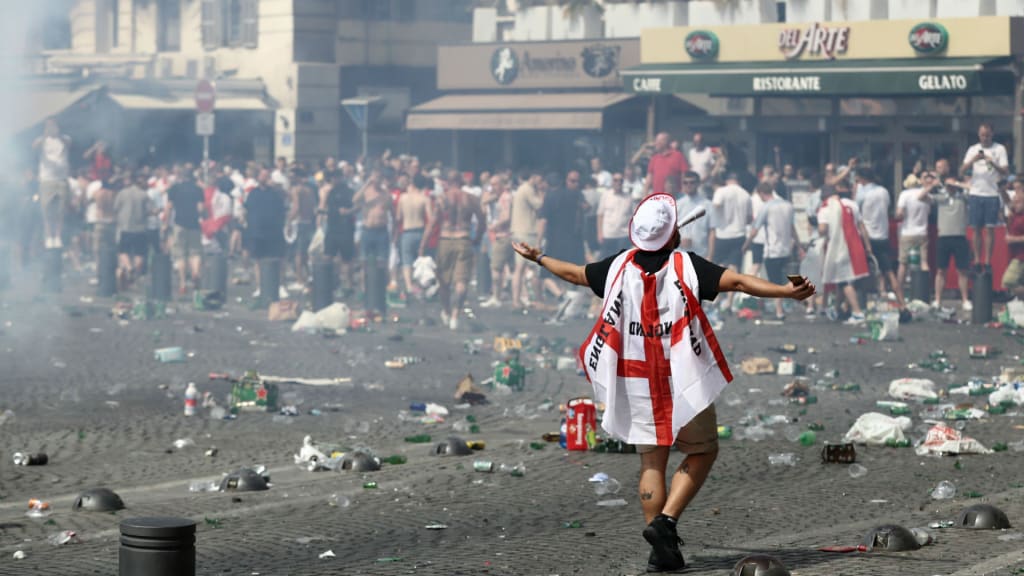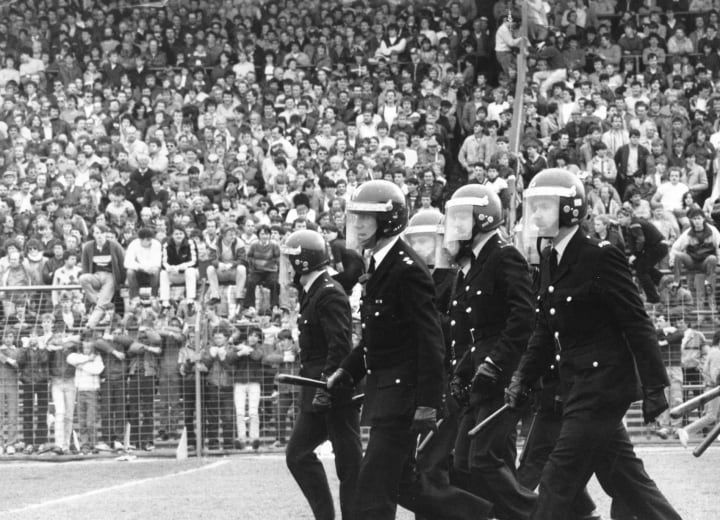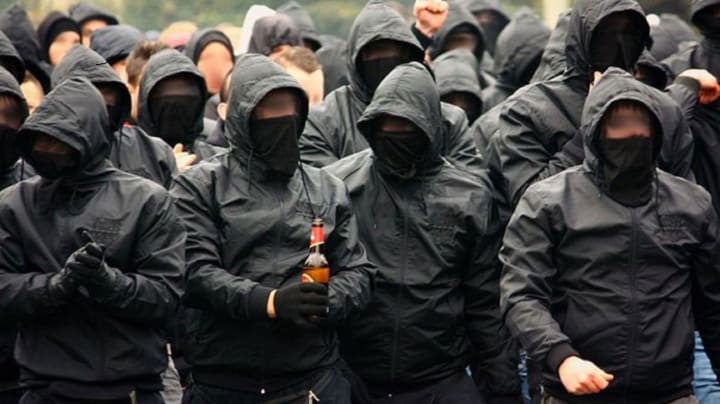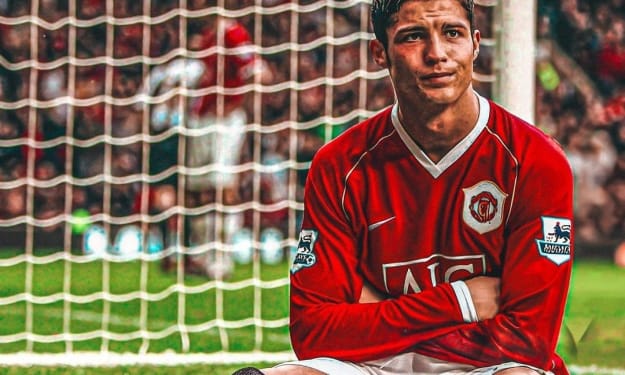History of Football Hooliganism in the United Kingdom
The English Disease, or football hooliganism, in the United Kingdom has been bringing terror to the sport since the 13th century. What is the history behind this football-related violence that terrorizes the UK?

The history of football hooliganism in the United Kingdom began all the way back in the 13th century. From then until now, what is the story behind the football-related violence, and what has the law enforcement done to put an end to the breakouts?
We have covered the history of this violence from medieval times until now, and the events that occurred that were caused by riots, outbreaks, and terror that the United Kingdom gained such a terrible reputation for. Dubbed the English Disease, football hooliganism is unfortunately still apparent today.
Medieval History
The history of football hooliganism in the United Kingdom begins in the medieval times. Ever since the 13th century in England, the game of football has been associated with violence.
The form of the game was solely played between neighboring villages, often by the youth. The games were often played to dispute land, express tribal aggression, or settle disagreements. The roots of the game were found in these oppositions.
By the 14th century, the violent consequences of the game had its repercussions, such as driving citizens away from town, being bad for business, and simply growing strength between rival groups.
The matches were also often accompanied by heavy drinking. As you can guess, the violence caused by these oppositions led to serious injury and even death. The sport was often forbidden to be played due to these circumstances.

1970s
Centuries later, football hooliganism in the United Kingdom was still apparent in the culture of the 1970s. With football's popularity at an all-time high for the sport, organized hooligan firms started to emerge.
With their emerging, they began to associate themselves with the football clubs that they were fans of. Some of the most popular clubs at the time for this type of activity included Arsenal, Birmingham City, Chelsea, Aston Villa, Manchester United, and Everton. However, many, many more clubs had firms that associated themselves with them.
1974–1980
1974 was the most traumatic year in hooliganism history for the decade. This was the year in which Manchester United was relegated to the Second Division. With this, the Red Army, the organized hooligan firm associated with United, caused mayhem for the country.
Just this same year a Bolton Wanderers fan stabbed a Blackpool fan to death at the Bloomfield Road during a Second Division match.
After this year, the crown segregation rule came into effect, as the construction of fences at the football ground in England were completed.
1980s
By the 1980s, hooliganism turned into a worldwide fear. Even clubs that were rarely associated with hooliganism feared violence coming to their towns.
By 82, a London derby took place between West Ham United and Arsenal, in which a supporter was killed in a riot between the fans of each of the teams. This was just the beginning of the violence that occurred during the decade of hooliganism.

1985–1990
In 1985, 39 Juventus fans were crushed to death due to hooliganism in an event that is now known as the Heysel Stadium disaster.
Liverpool fans charged the opposing supporters which resulted in intense fighting. During the breakout, a wall collapsed on the fans, resulting in the disaster. After this, all English clubs were banned from all European competitions. This ban was not lifted until 1990.
The following disaster took place in Hillsborough, in which 96 people lost their lives due to hooliganism and unruly behavior by football fans. After this, the Prime Minister Margaret Thatcher made a public call to be given "stiff" prison sentences to football hooliganism.
1990s
The next decade that was most impacted by football hooliganism in the United Kingdom was the 1990s. 1990 was the year that the UEFA lifted its band on English clubs in European competitions.
Thankfully, the problem of hooligans was lightening this decade, and had reduced from the previous two decades.
1995–2000
However, after a friendly match between Ireland and England, English fans began to throw items into the stands below them as well as ripped up the seats and benches after the first Irish goal was scored and an English equalizer was denied.
After this, battles broke out between hooligans and police. The next riot took place with multiple injuries in Trafalgar Square. A Russian fan was stabbed in Brighten, though he was mistaken for a German by his attackers.

2000s
The 2000s adopted hooligans a style, often associated with the casual subculture. These styles were often taken from brands such as Shark, Burberry, Prada, and Stone Island.
This even caused brands to withdraw some of their casual items from their stock in order to disassociate themselves from hooliganism.
However, throughout the decade, the reputation of the England fans improved, due to their good behavior during the FIFA World Cup and EURA European Football Championship in both 2002 and 2004. However, there were accounts of arrest, just less than typical.
2006–2010
On the FIFA World Cup of 2006, the average rioter drank 17 liters of beer that day, and 400 hooligans were taken into preventative custody, while 200 preventative arrests were made in Stuttgart.
There were also targets of death threats from Leeds United fans, specifically to Rio Ferdinand and Peter Ridsdale. A pattern of these threats became apparent during the end of the decade, and resulted in referees quitting as well as a steward's death after clashes between firms.
2010s
Finally, the history of football hooliganism in the United Kingdom in the 2010s began with disturbances during the England defeat of German during the 2010 FIFA World Cup in which the German flag was seen being burned in Leicester Square. However, there were thankfully no injuries.
In December of 2010, supports of both Birmingham City and Aston Villa began fighting at the match taken place at the St Andrew's stadium after a Secon City derby match in the League Cup. Missiles and rock flares were used, and many fights broke out.
By 2012, the use of bovver boots broke out during the highest level of hooliganism. Thus, all fans were asked to remove such boots in order to attend any match.
Unfortunately, there have still been many occurrences of hooliganism throughout the 2010s, and we will continue to see violence occurring in football-related events. But, there are plenty of ways to put an end to hooliganism that the law enforcement has been taking advantage of.
About the Creator
Stephen Cleary
Either playing soccer, working out, or at the movies.






Comments (1)
Hello, I've read your story, but it is significantly weakened by lack of references. You make statements as if they were facts with no citations. Consequently you have made factual mistakes. One such is where you say; " The following disaster took place in Hillsborough, in which 96 people lost their lives due to hooliganism and unruly behavior by football fans". The conclusion that football hooliganism caused the Hillsborough Disaster has been debunked by two UK Government public enquiries. For example, here's a summary quote from The Guardian Newspaper "The Hillsborough independent panel, which has reviewed 450,000 documents disclosed to it, publishes its report. The police failings are highlighted, and their campaign to blame supporters further exposed. The Conservative [government's] home secretary, Theresa May, accepts the report and orders a new criminal inquiry into the disaster" (https://www.theguardian.com/football/2017/jun/28/long-road-justice-hillsborough-inquest-timeline) The Hillsborough Disaster was not 'caused' by fan behaviour of any kind on the day. You could argue that it was historical fan behaviour in society that encouraged football grounds to cage fans in fenced-in enclosures, for police to get away with intentionally blaming fans for their own failings of policing and for the press and people like you accepting unquestioningly the police's version of events. The police's story was later proved to be a lie and police officials were later prosecuted by the UK government for their failures on the day. It is easy to find out the truth about such issues. You should remove or change this story to fact check from reputable sources your opinions.